
13 August 2023
Photographs by Patric Carver
Oh,
Patti Smith. When I was twelve years old, I discovered a copy of
Horses in a bin at the local record store. This was before the Internet had really caught on, so like all children of the time I took it home solely based on the cover art – not knowing a blessed thing about the contents. That image of her looking forward on the front spoke to me – - and everyone else who saw it – - and entranced me. I couldn’t have told you then who Robert Mapplethorpe was, and I certainly didn’t know anything about love outside of family, but I could feel a connection. I could feel Smith. I could feel photographer Mapplethorpe. I could feel their connection, and I wanted in. Little did I know the cover art that so beguiled me would end up being the least interesting thing about the album.

Smith, even all these decades later, still cultivates connection. She started her Stern Grove set by wishing City Lights, an iconic San Francisco bookstore, a happy seventieth anniversary and launched into a reading of “Sunflower Sutra” by Allen Ginsberg. The crowd of a hundred sat in rapt silence as she recited Ginsberg’s commentary on the perils of American consumerism. Who else but the godmother of punk rock could hold the attention of a crowd like that?

This led into the desperate and winding opening notes of the haunting “Waiting Underground,” which sounded as soulful and binding as the album version; Smith’s voice has really held up over the years.
I’ll be the first to admit that I am not interested in the supposed genius of Bob Dylan. I know, I know, Smith herself would probably roll her eyes at my lack of appreciation for the poet prince of singer-songwriters. I’ve just always felt like Dylan should have been a musician . . . in someone else’s band. He doesn’t hold enough for me as a frontman. Smith’s cover of Dylan’s “One Too Many Mornings’‘ only upheld that belief for me. Richer, more captivating, and all around more palatable, Smith’s voice filled in all the holes I hear in the Dylan original.
Smith’s entire set was solid.
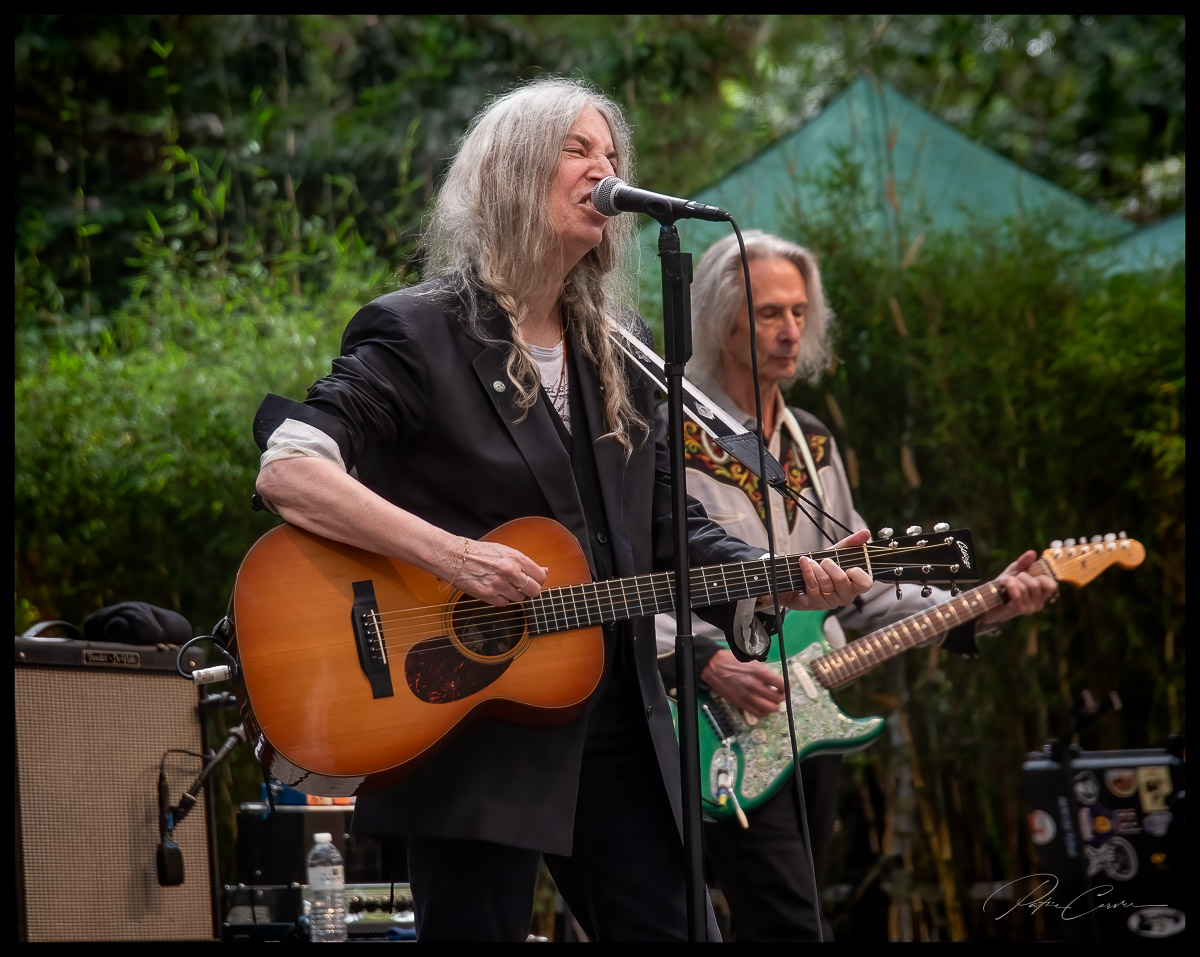
There was a moment when Smith snapped at an audience member who was too enthusiastically recording her during the show. This led to a mini-rant about cell phone usage during the show, but for the most part it was all peace and love and rock n’ roll.
Whereas Smith always has seemed a little unapproachable, something about her poetic nature making her presence clearly invitation-only, opener
Bob Mould is an icon of the punk genre who always seemed so accessible. Smith is surfing some ethereal artistic plane; Mould is so deeply human that approachable doesn’t do it justice. He isn’t just accessible, he’s available, open, strong in his vulnerability and affection for life. Though I share an admiration for his work with thousands, I think every one of his hands would describe their draw towards his music as personal. There’s something familial almost about how his work pulls in the totality of a person – even the parts we don’t show to others.
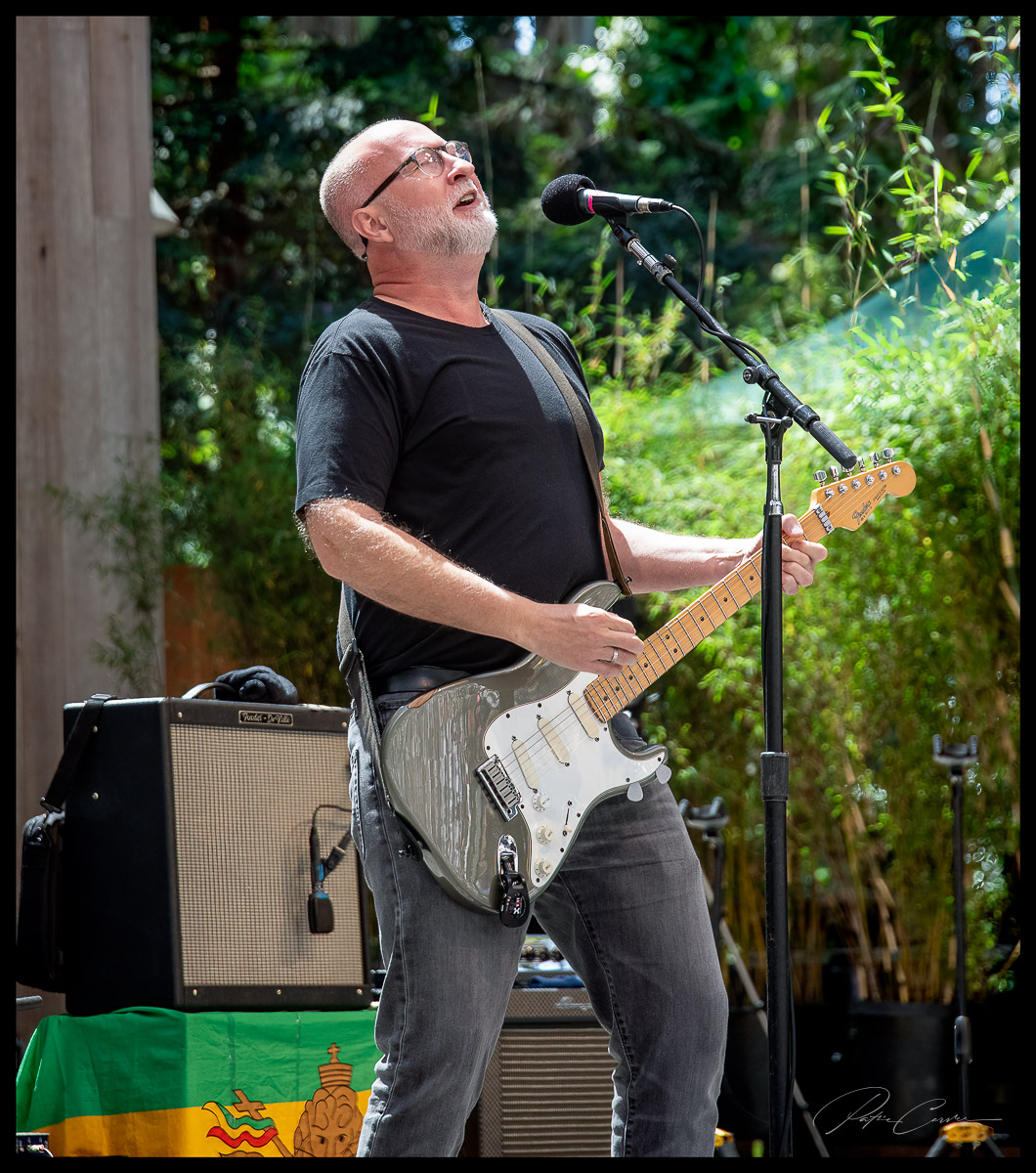
A little over a decade ago, I wrote a letter to Bob Mould. I told him a friend of mine was having a hard time, and I asked him to autograph a picture of the two of them from even further back. I said I thought the memory would cheer my friend up a bit and mean a lot to him.
I enclosed the picture and letter in an envelope. I included return postage, but I fully expected to never hear from him again. I imagined the photograph ending up in a trash bin in the bowels of some bleak mail room. It seemed like a fool’s errand. However, some part of me must’ve had some hope that it would go the other way. Some part of my cynical, jaded heart must’ve thought there was a way that Bob, arguably one of the most influential figures in not only punk rock but the rock genre, would understand how much it can mean to someone to be seen and acknowledged. Where did that hope come from? Certainly not from within myself. I was, and remain, too solidly familiar with the more disappointing facets of human nature to bow into the indulgence of wishful thinking very often.

I haven’t thought about that letter in a while, but seeing Bob play Stern Grove reminded me of why I took the chance in the first place. There’s a kindness in his being that is undeniable and that carries through his voice even when singing the most grotty and tormented of punk anthems. It’s so honest and comforting, and it is what sets apart anthems like “Wishing Well” from Mould’s 1989 foundational solo album
Workbook – - a near perfect song if there ever was one – - from the rest. There’s this care, this compassion for being bound within the human condition that comes through in every note of his work. I’m equal parts disappointed and relieved he didn’t play “Wishing Well” at Stern Grove. As much as I would have love to have heard it, I don’t know if the solo electric format would have support it, and more importantly, if it had, would I have been able to stand it? Would I have been able to keep my cool in the middle of the afternoon while surrounded by hundreds of strangers? Probably not.
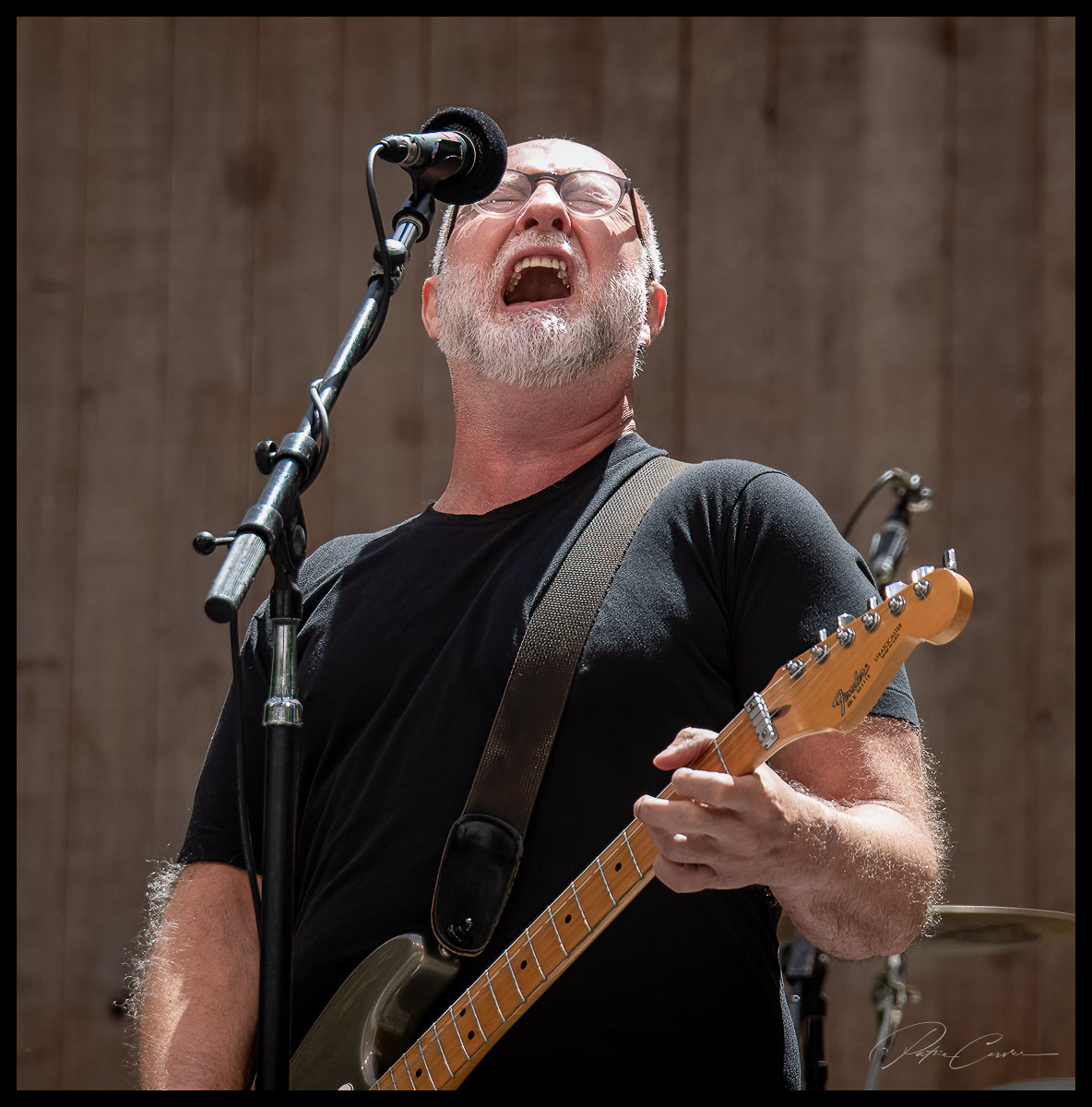
When I spoke to Mould backstage, he said that one of the challenges and benefits to the solo performances is that it’s all him. There’s a freedom in being able to play with the setlist and follow only his own lead, but everything also weighs on him. “It’s better if the audience can imagine the band with me after a while,” said Mould.

Though it did feel like spying on him during practice, Mould’s set – his first at Stern Grove – was fantastic. I took his advice and fantasized the rest of the band playing along, but honestly his voice was stronger than I had heard at past solo shows. He started with the “The War” from 2014’s
Beauty and Ruin, a song that really highlights that manic Pete-Shelley-esque whirlwind that sends sound waves bulleting through the air, a freight train force.
Ironically, the highlights of this solo show were the songs that were technically covers of his previous collaborations. “I Apologize,” a Hüsker Dü tune, had a real vulnerability to it. Was it my favorite version of the song I’d ever heard? Well, no, but it was solid and it did have this comforting edge to it that’s so hard to capture in a way that doesn’t seem schmaltzy. The same could be said for Sugar cover, “Hoover Dam.” It’s such a one-two punch of a song. I usually feel like I’m on the wrong end of a sparring demonstration when listening to it, but minus the forceful rhythm section, the song was more docile though not completely divorced of its roots – still managed to push to the edge.
The song of the afternoon, though, was “Makes No Sense at All” from Hüsker Dü’s Flip Your Wig. This song was probably the one that most leaned into the solo format in that it seemed like a completely different song from the original. The others were comparable versions to the full band, but this seemed like a new piece in and of itself.
Just as he did years ago when he returned that autographed photograph to my friend all those years ago, Mould continually renews my faith that he’s the genuine article. Wether he’s playing solo or with a full band, he always leaves it all on the stage.
Both Smith and Mould have given so much to the world musically, and they seem to appreciate everything the world has given them in return.
Mould will be heading to the Midwest to play a handful of shows, including a stop at the Minnesota State Fair with
The Hold Steady before continuing his solo electric tour. Smith will be playing a smattering of cities in the U.S. before heading to Europe in October to continue her tour.



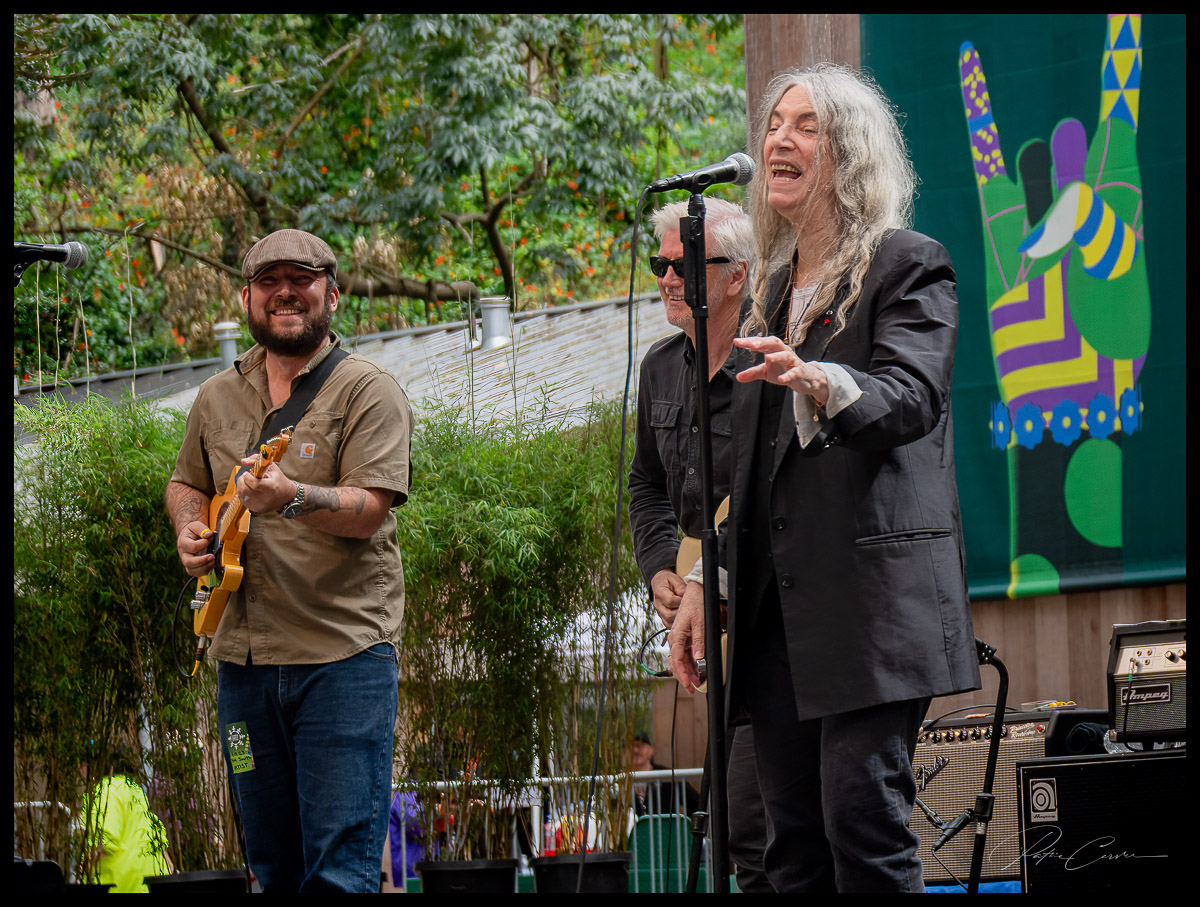
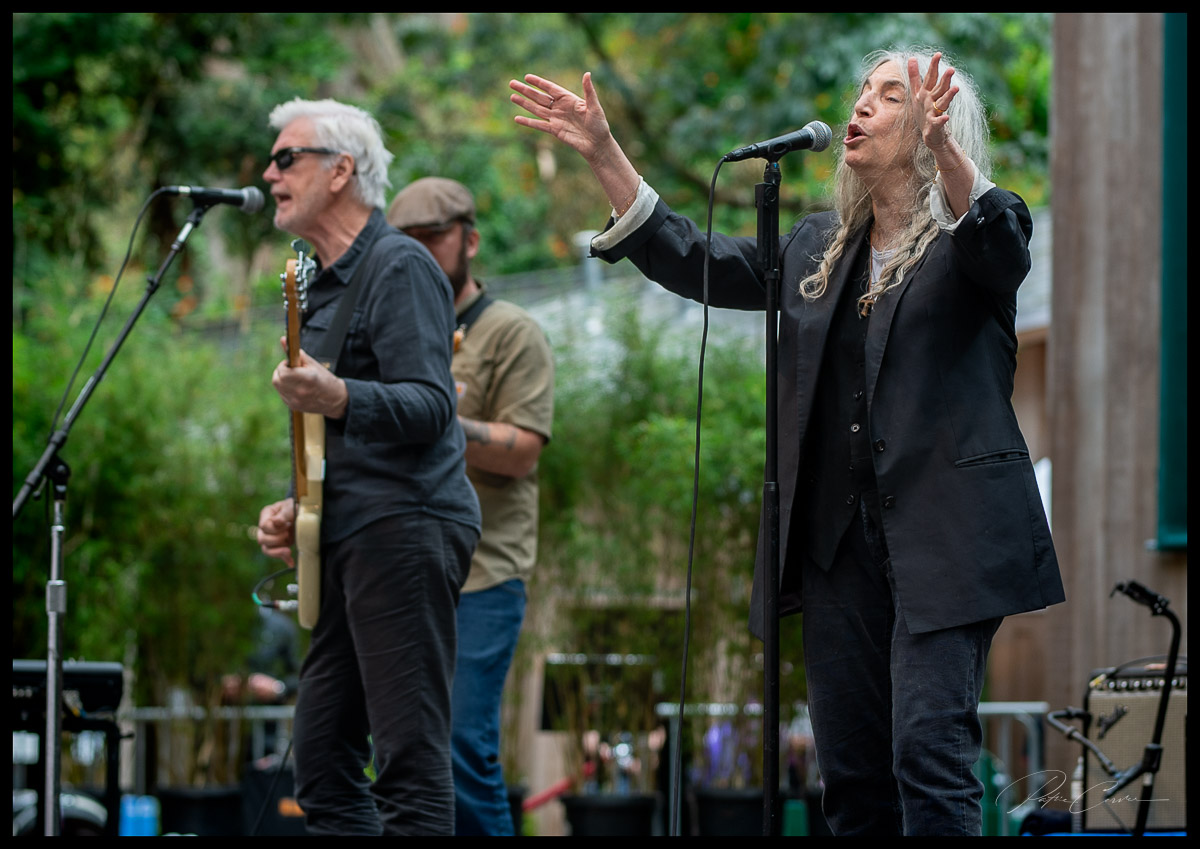

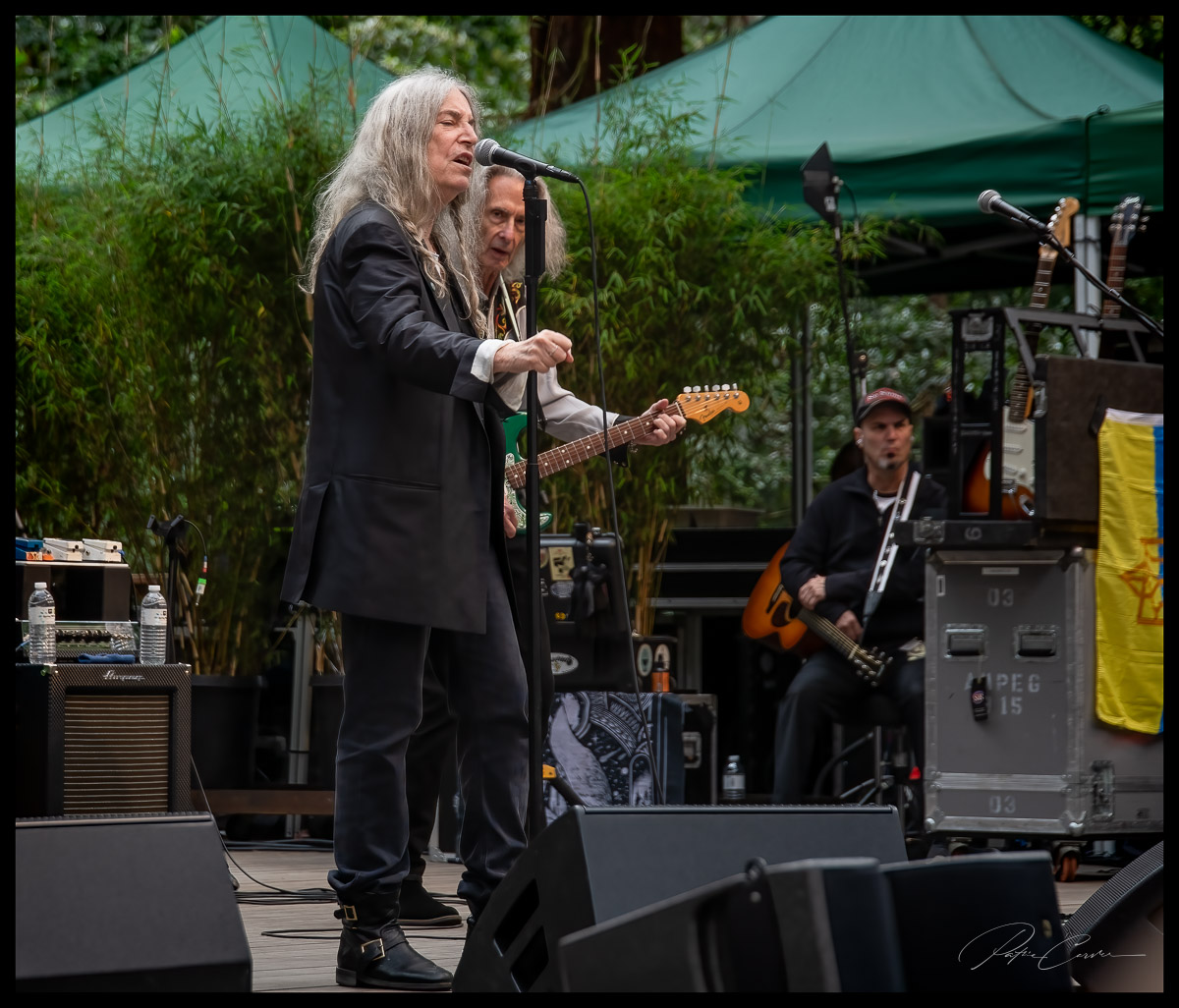
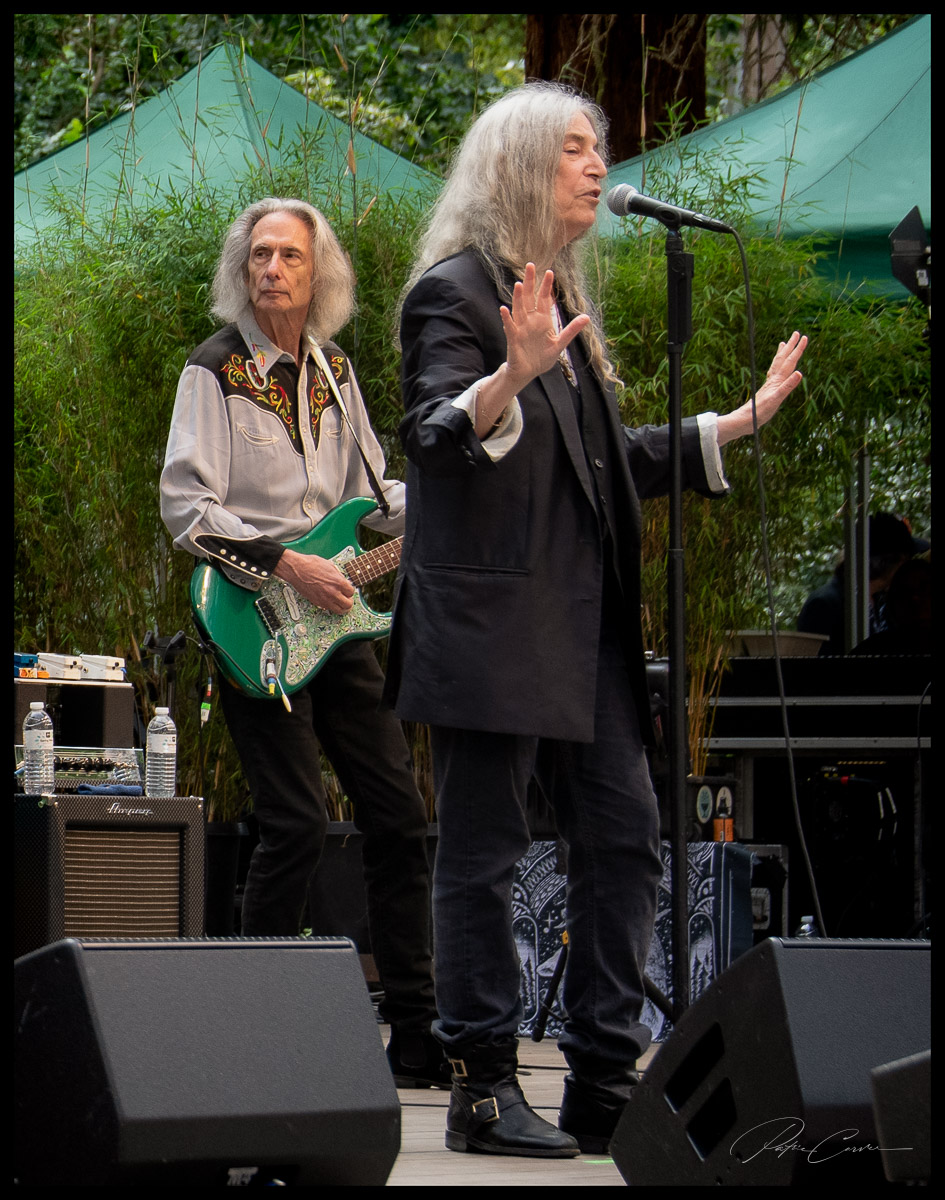
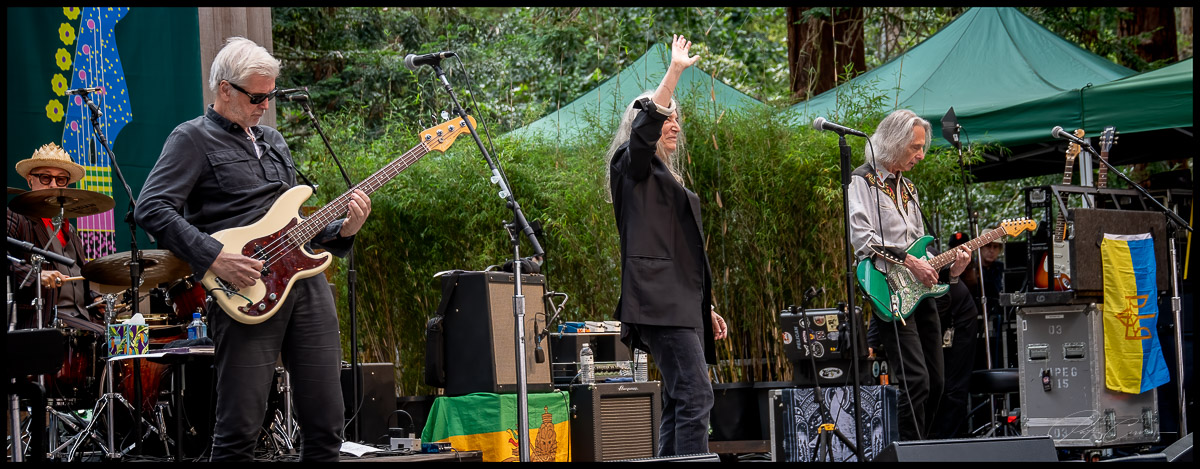
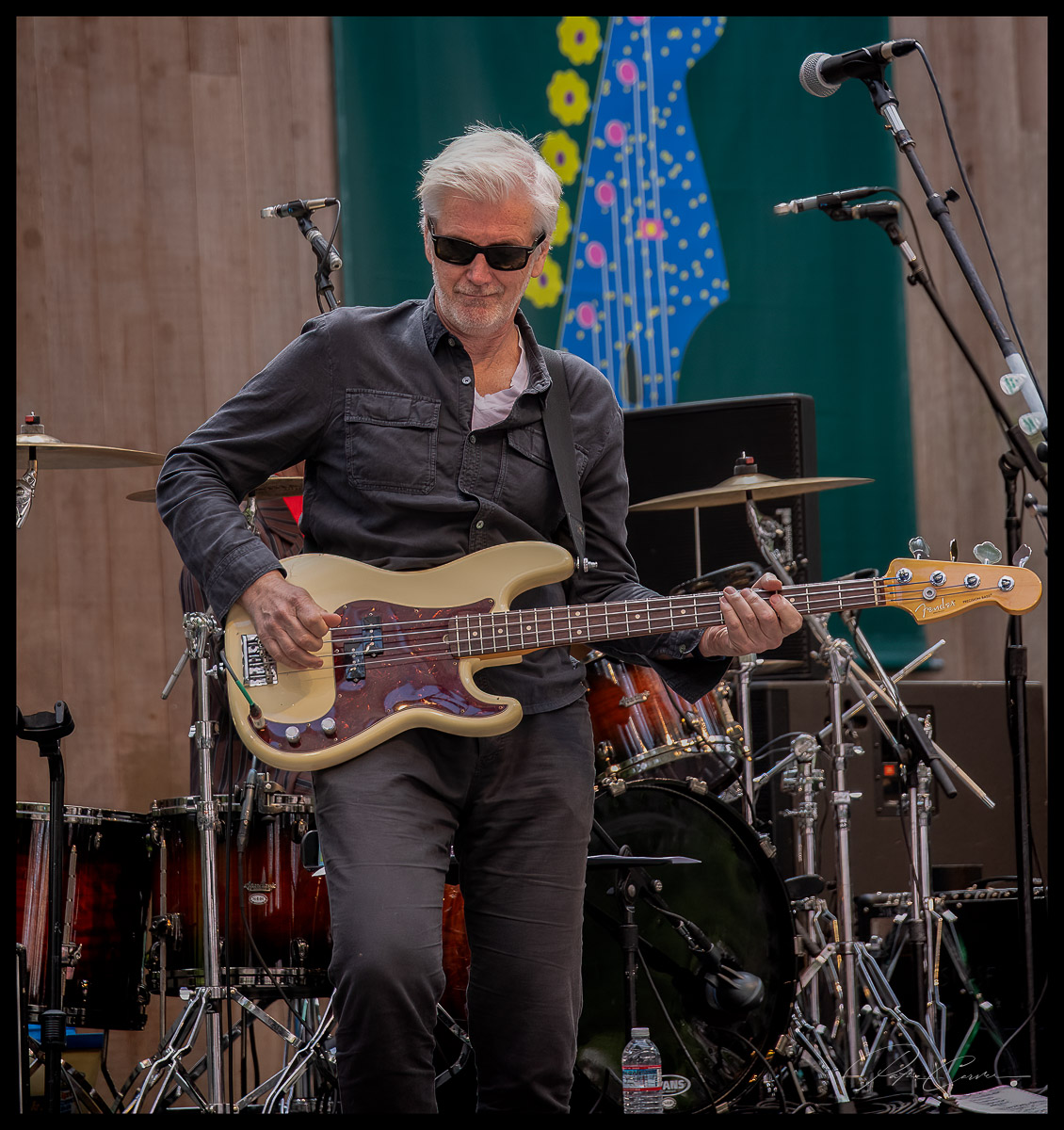
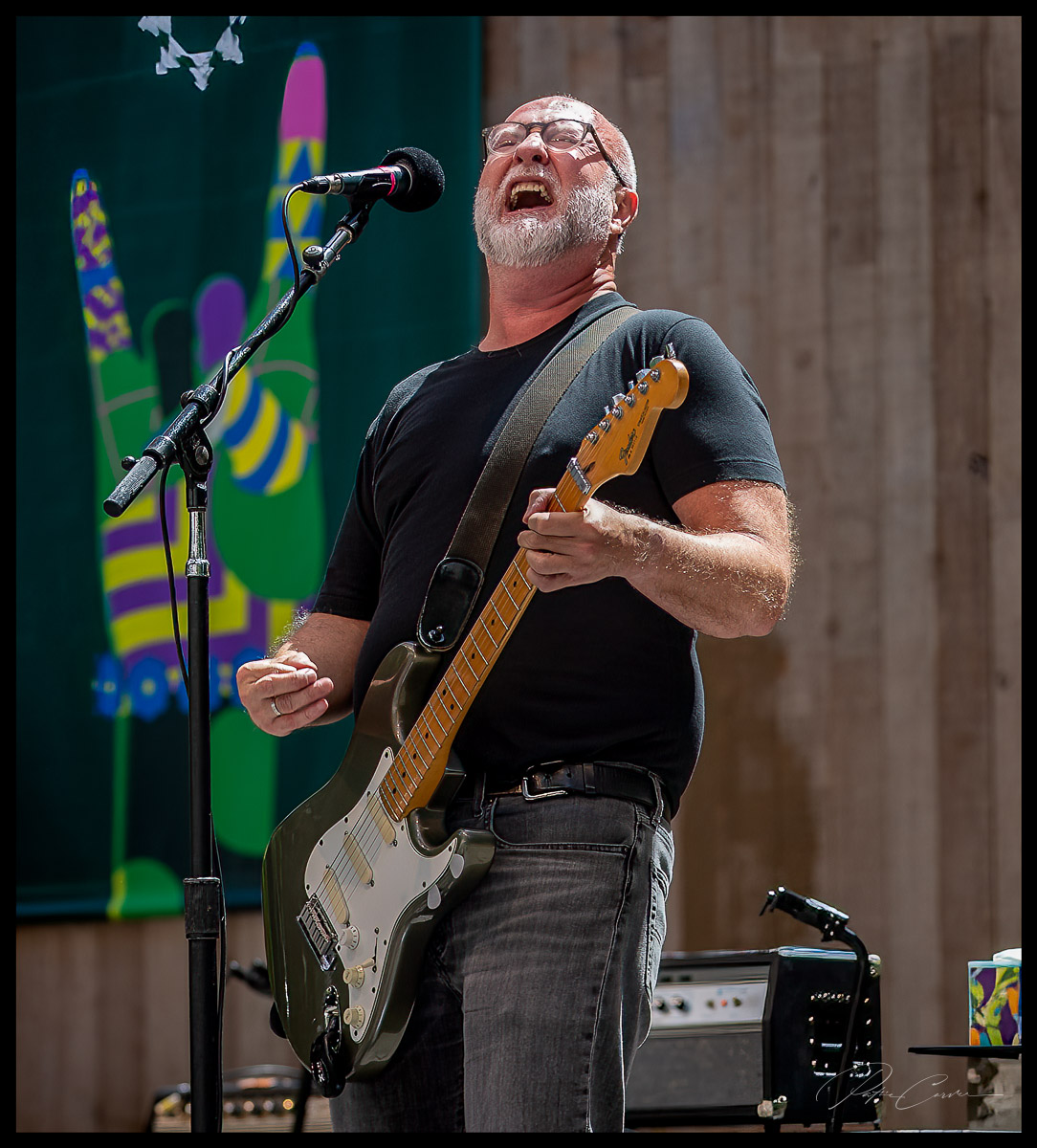
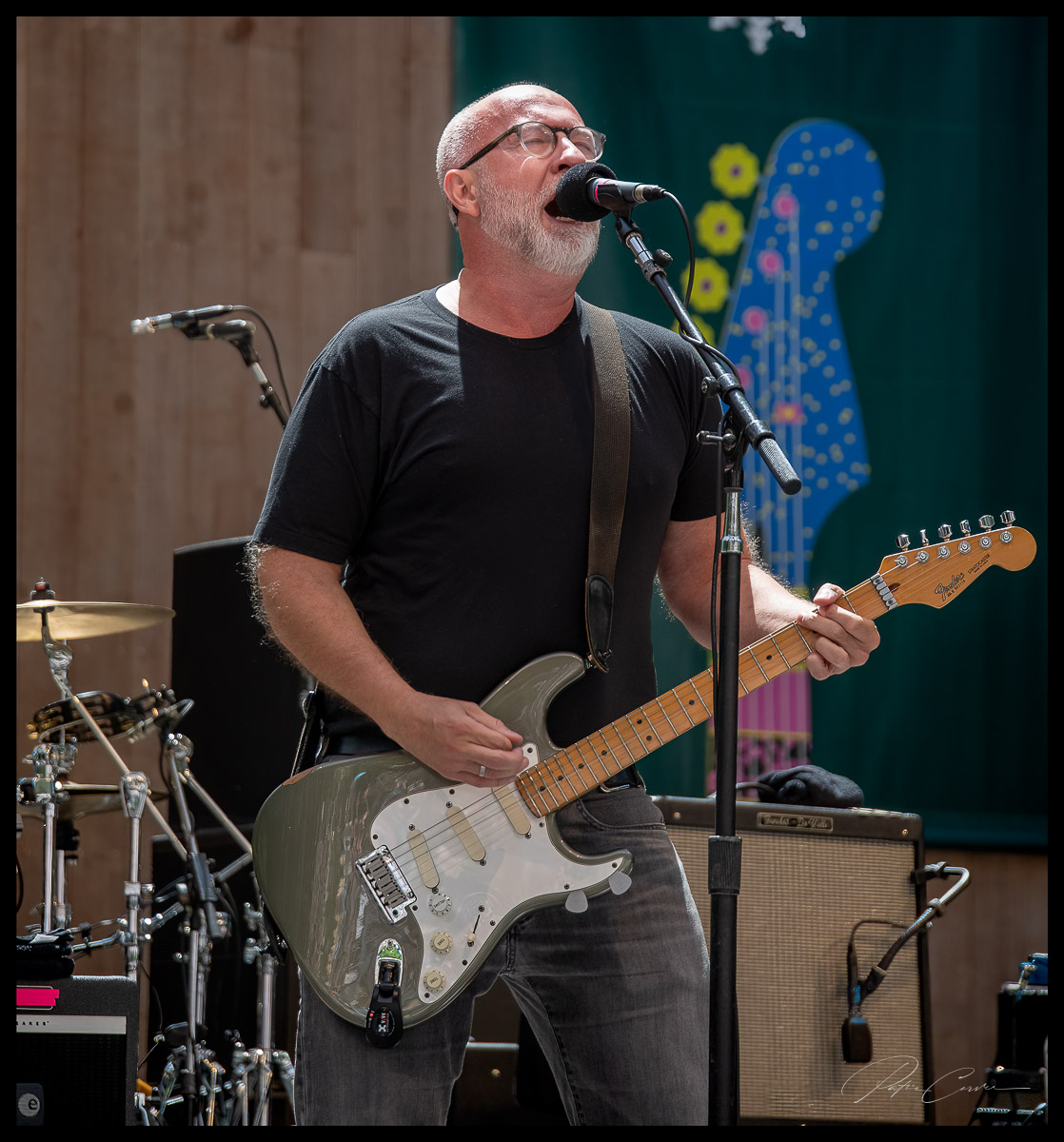


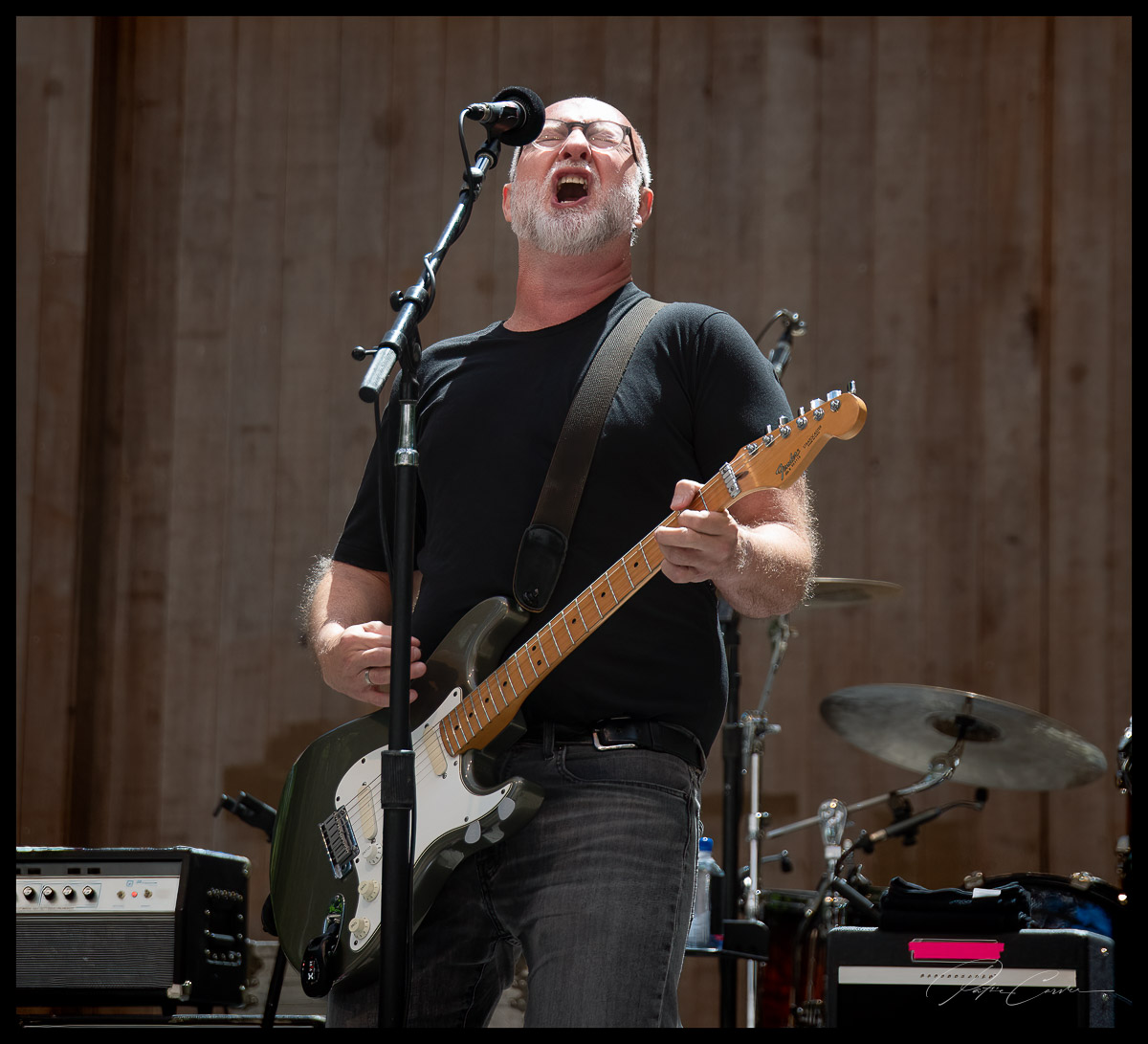




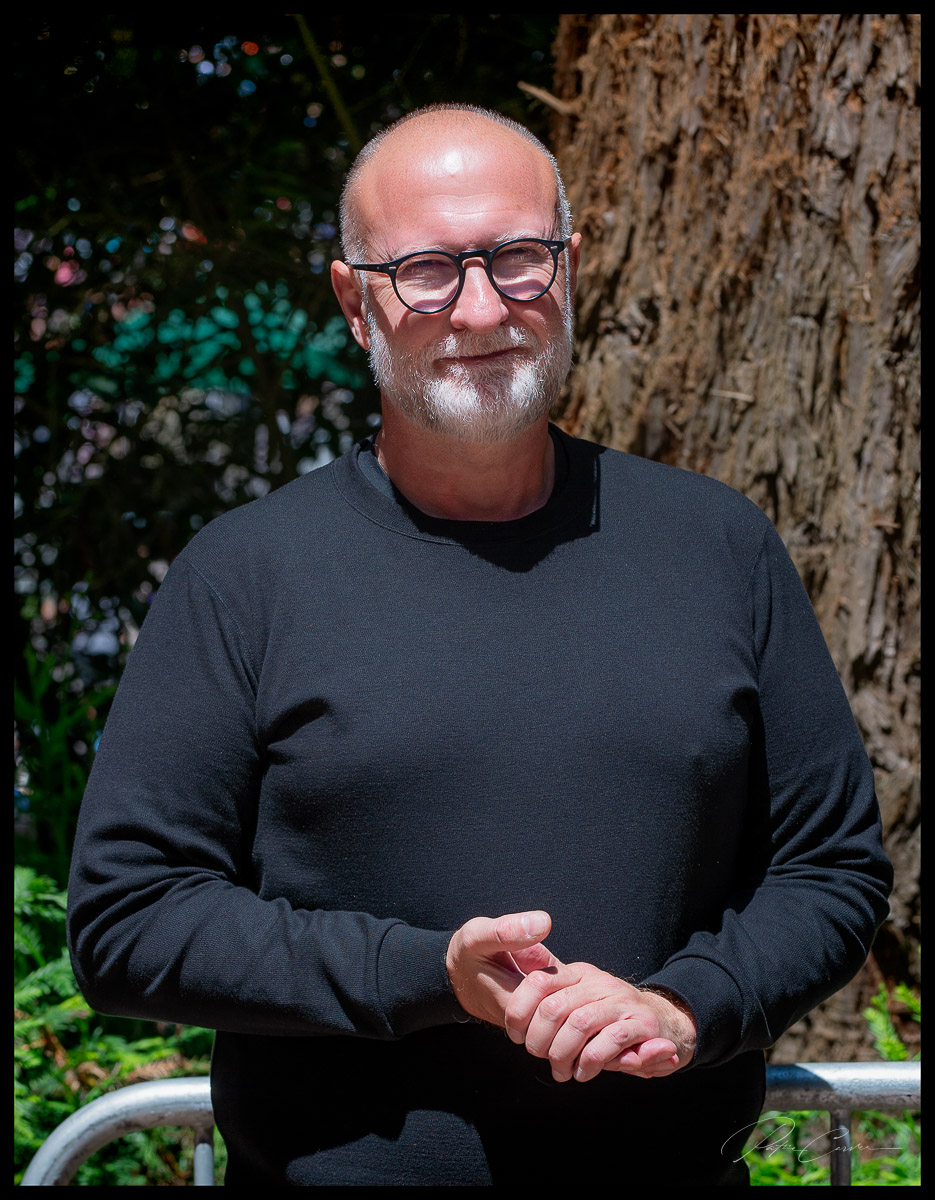
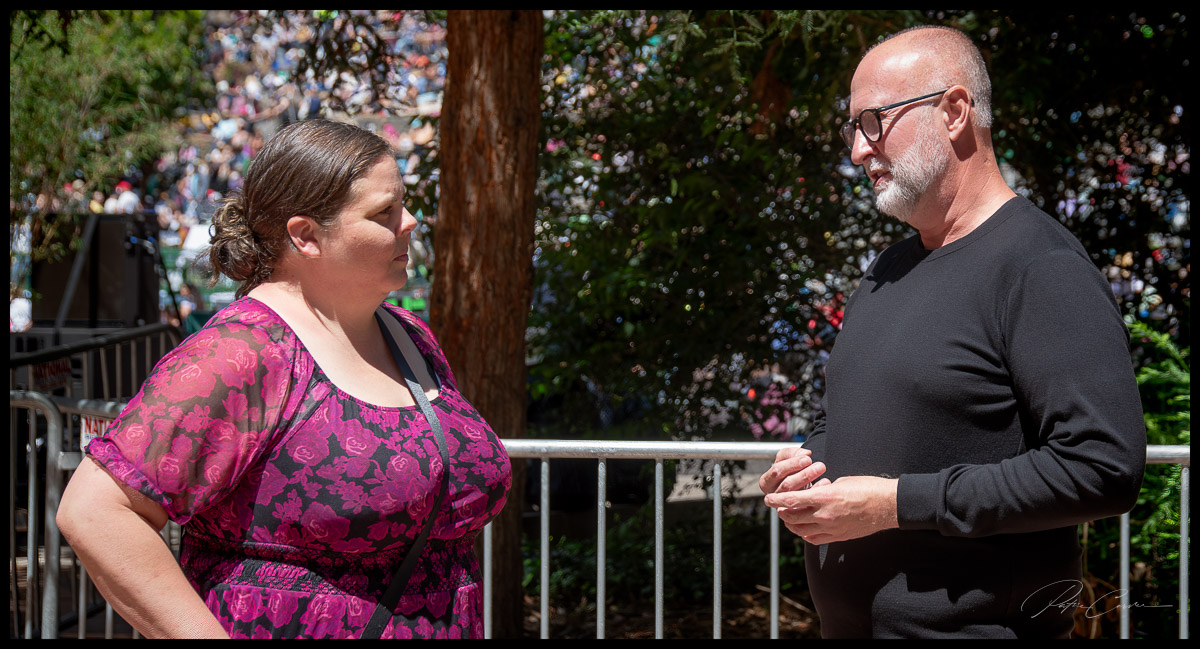
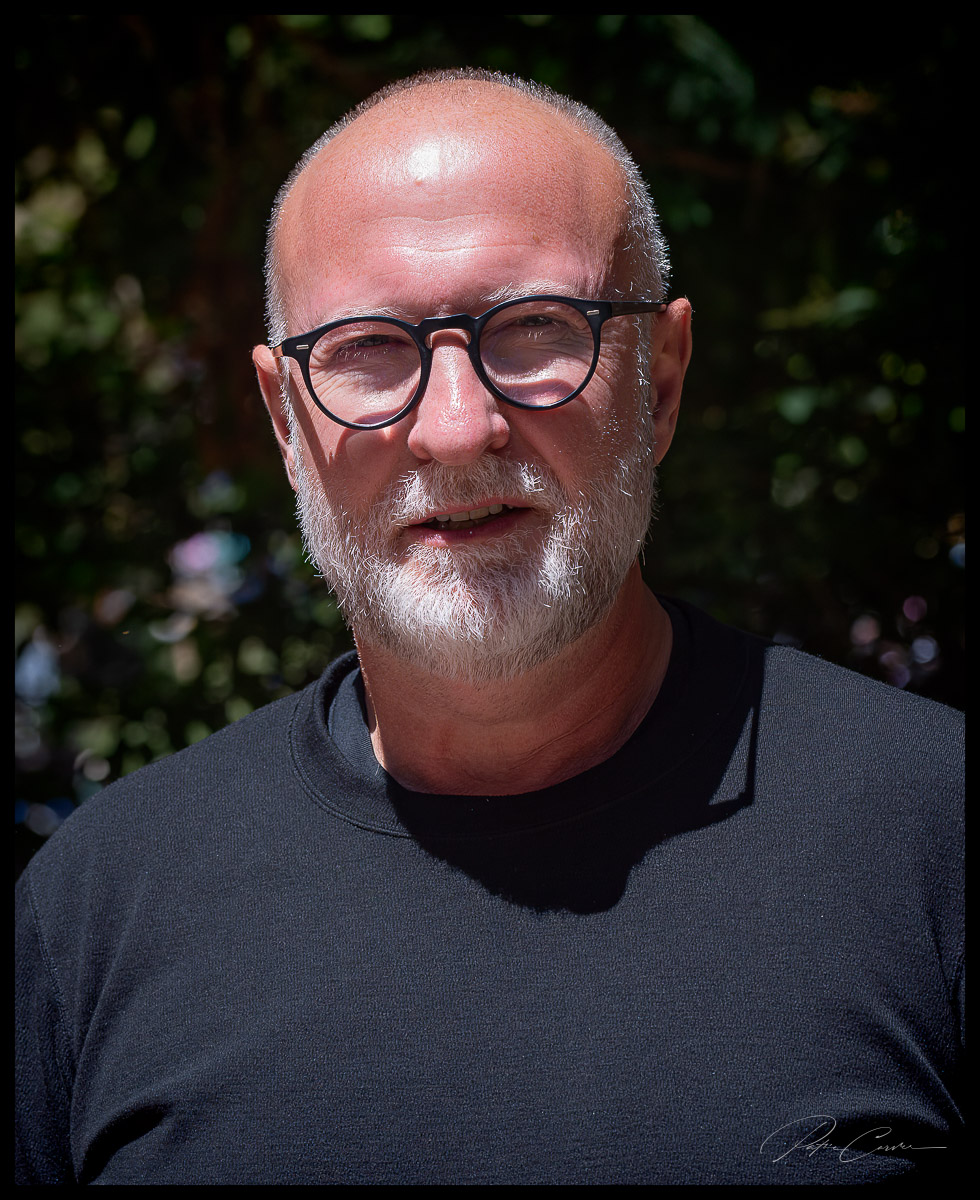
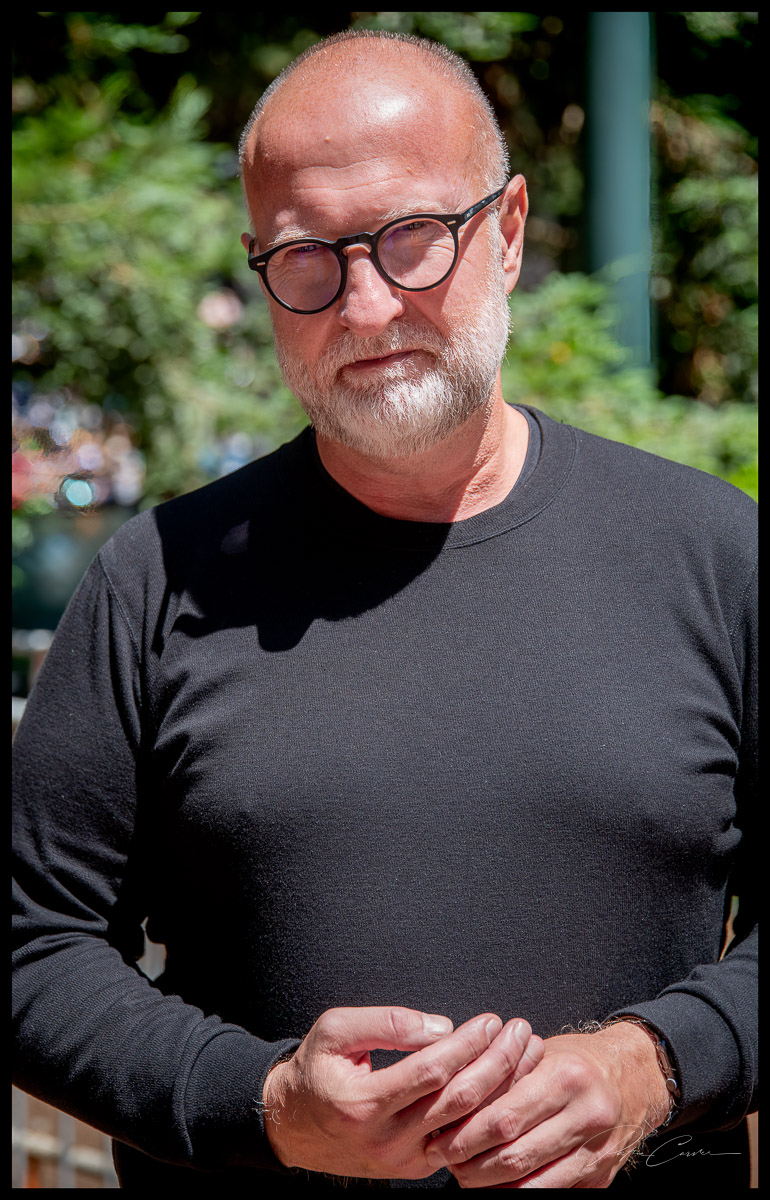

 Smith, even all these decades later, still cultivates connection. She started her Stern Grove set by wishing City Lights, an iconic San Francisco bookstore, a happy seventieth anniversary and launched into a reading of “Sunflower Sutra” by Allen Ginsberg. The crowd of a hundred sat in rapt silence as she recited Ginsberg’s commentary on the perils of American consumerism. Who else but the godmother of punk rock could hold the attention of a crowd like that?
Smith, even all these decades later, still cultivates connection. She started her Stern Grove set by wishing City Lights, an iconic San Francisco bookstore, a happy seventieth anniversary and launched into a reading of “Sunflower Sutra” by Allen Ginsberg. The crowd of a hundred sat in rapt silence as she recited Ginsberg’s commentary on the perils of American consumerism. Who else but the godmother of punk rock could hold the attention of a crowd like that?
 This led into the desperate and winding opening notes of the haunting “Waiting Underground,” which sounded as soulful and binding as the album version; Smith’s voice has really held up over the years.
I’ll be the first to admit that I am not interested in the supposed genius of Bob Dylan. I know, I know, Smith herself would probably roll her eyes at my lack of appreciation for the poet prince of singer-songwriters. I’ve just always felt like Dylan should have been a musician . . . in someone else’s band. He doesn’t hold enough for me as a frontman. Smith’s cover of Dylan’s “One Too Many Mornings’‘ only upheld that belief for me. Richer, more captivating, and all around more palatable, Smith’s voice filled in all the holes I hear in the Dylan original.
Smith’s entire set was solid.
This led into the desperate and winding opening notes of the haunting “Waiting Underground,” which sounded as soulful and binding as the album version; Smith’s voice has really held up over the years.
I’ll be the first to admit that I am not interested in the supposed genius of Bob Dylan. I know, I know, Smith herself would probably roll her eyes at my lack of appreciation for the poet prince of singer-songwriters. I’ve just always felt like Dylan should have been a musician . . . in someone else’s band. He doesn’t hold enough for me as a frontman. Smith’s cover of Dylan’s “One Too Many Mornings’‘ only upheld that belief for me. Richer, more captivating, and all around more palatable, Smith’s voice filled in all the holes I hear in the Dylan original.
Smith’s entire set was solid.
 There was a moment when Smith snapped at an audience member who was too enthusiastically recording her during the show. This led to a mini-rant about cell phone usage during the show, but for the most part it was all peace and love and rock n’ roll.
Whereas Smith always has seemed a little unapproachable, something about her poetic nature making her presence clearly invitation-only, opener Bob Mould is an icon of the punk genre who always seemed so accessible. Smith is surfing some ethereal artistic plane; Mould is so deeply human that approachable doesn’t do it justice. He isn’t just accessible, he’s available, open, strong in his vulnerability and affection for life. Though I share an admiration for his work with thousands, I think every one of his hands would describe their draw towards his music as personal. There’s something familial almost about how his work pulls in the totality of a person – even the parts we don’t show to others.
There was a moment when Smith snapped at an audience member who was too enthusiastically recording her during the show. This led to a mini-rant about cell phone usage during the show, but for the most part it was all peace and love and rock n’ roll.
Whereas Smith always has seemed a little unapproachable, something about her poetic nature making her presence clearly invitation-only, opener Bob Mould is an icon of the punk genre who always seemed so accessible. Smith is surfing some ethereal artistic plane; Mould is so deeply human that approachable doesn’t do it justice. He isn’t just accessible, he’s available, open, strong in his vulnerability and affection for life. Though I share an admiration for his work with thousands, I think every one of his hands would describe their draw towards his music as personal. There’s something familial almost about how his work pulls in the totality of a person – even the parts we don’t show to others.
 A little over a decade ago, I wrote a letter to Bob Mould. I told him a friend of mine was having a hard time, and I asked him to autograph a picture of the two of them from even further back. I said I thought the memory would cheer my friend up a bit and mean a lot to him.
I enclosed the picture and letter in an envelope. I included return postage, but I fully expected to never hear from him again. I imagined the photograph ending up in a trash bin in the bowels of some bleak mail room. It seemed like a fool’s errand. However, some part of me must’ve had some hope that it would go the other way. Some part of my cynical, jaded heart must’ve thought there was a way that Bob, arguably one of the most influential figures in not only punk rock but the rock genre, would understand how much it can mean to someone to be seen and acknowledged. Where did that hope come from? Certainly not from within myself. I was, and remain, too solidly familiar with the more disappointing facets of human nature to bow into the indulgence of wishful thinking very often.
A little over a decade ago, I wrote a letter to Bob Mould. I told him a friend of mine was having a hard time, and I asked him to autograph a picture of the two of them from even further back. I said I thought the memory would cheer my friend up a bit and mean a lot to him.
I enclosed the picture and letter in an envelope. I included return postage, but I fully expected to never hear from him again. I imagined the photograph ending up in a trash bin in the bowels of some bleak mail room. It seemed like a fool’s errand. However, some part of me must’ve had some hope that it would go the other way. Some part of my cynical, jaded heart must’ve thought there was a way that Bob, arguably one of the most influential figures in not only punk rock but the rock genre, would understand how much it can mean to someone to be seen and acknowledged. Where did that hope come from? Certainly not from within myself. I was, and remain, too solidly familiar with the more disappointing facets of human nature to bow into the indulgence of wishful thinking very often.
 I haven’t thought about that letter in a while, but seeing Bob play Stern Grove reminded me of why I took the chance in the first place. There’s a kindness in his being that is undeniable and that carries through his voice even when singing the most grotty and tormented of punk anthems. It’s so honest and comforting, and it is what sets apart anthems like “Wishing Well” from Mould’s 1989 foundational solo album Workbook – - a near perfect song if there ever was one – - from the rest. There’s this care, this compassion for being bound within the human condition that comes through in every note of his work. I’m equal parts disappointed and relieved he didn’t play “Wishing Well” at Stern Grove. As much as I would have love to have heard it, I don’t know if the solo electric format would have support it, and more importantly, if it had, would I have been able to stand it? Would I have been able to keep my cool in the middle of the afternoon while surrounded by hundreds of strangers? Probably not.
I haven’t thought about that letter in a while, but seeing Bob play Stern Grove reminded me of why I took the chance in the first place. There’s a kindness in his being that is undeniable and that carries through his voice even when singing the most grotty and tormented of punk anthems. It’s so honest and comforting, and it is what sets apart anthems like “Wishing Well” from Mould’s 1989 foundational solo album Workbook – - a near perfect song if there ever was one – - from the rest. There’s this care, this compassion for being bound within the human condition that comes through in every note of his work. I’m equal parts disappointed and relieved he didn’t play “Wishing Well” at Stern Grove. As much as I would have love to have heard it, I don’t know if the solo electric format would have support it, and more importantly, if it had, would I have been able to stand it? Would I have been able to keep my cool in the middle of the afternoon while surrounded by hundreds of strangers? Probably not.
 When I spoke to Mould backstage, he said that one of the challenges and benefits to the solo performances is that it’s all him. There’s a freedom in being able to play with the setlist and follow only his own lead, but everything also weighs on him. “It’s better if the audience can imagine the band with me after a while,” said Mould.
When I spoke to Mould backstage, he said that one of the challenges and benefits to the solo performances is that it’s all him. There’s a freedom in being able to play with the setlist and follow only his own lead, but everything also weighs on him. “It’s better if the audience can imagine the band with me after a while,” said Mould.
 Though it did feel like spying on him during practice, Mould’s set – his first at Stern Grove – was fantastic. I took his advice and fantasized the rest of the band playing along, but honestly his voice was stronger than I had heard at past solo shows. He started with the “The War” from 2014’s Beauty and Ruin, a song that really highlights that manic Pete-Shelley-esque whirlwind that sends sound waves bulleting through the air, a freight train force.
Ironically, the highlights of this solo show were the songs that were technically covers of his previous collaborations. “I Apologize,” a Hüsker Dü tune, had a real vulnerability to it. Was it my favorite version of the song I’d ever heard? Well, no, but it was solid and it did have this comforting edge to it that’s so hard to capture in a way that doesn’t seem schmaltzy. The same could be said for Sugar cover, “Hoover Dam.” It’s such a one-two punch of a song. I usually feel like I’m on the wrong end of a sparring demonstration when listening to it, but minus the forceful rhythm section, the song was more docile though not completely divorced of its roots – still managed to push to the edge.
The song of the afternoon, though, was “Makes No Sense at All” from Hüsker Dü’s Flip Your Wig. This song was probably the one that most leaned into the solo format in that it seemed like a completely different song from the original. The others were comparable versions to the full band, but this seemed like a new piece in and of itself.
Just as he did years ago when he returned that autographed photograph to my friend all those years ago, Mould continually renews my faith that he’s the genuine article. Wether he’s playing solo or with a full band, he always leaves it all on the stage.
Both Smith and Mould have given so much to the world musically, and they seem to appreciate everything the world has given them in return.
Mould will be heading to the Midwest to play a handful of shows, including a stop at the Minnesota State Fair with The Hold Steady before continuing his solo electric tour. Smith will be playing a smattering of cities in the U.S. before heading to Europe in October to continue her tour.
Though it did feel like spying on him during practice, Mould’s set – his first at Stern Grove – was fantastic. I took his advice and fantasized the rest of the band playing along, but honestly his voice was stronger than I had heard at past solo shows. He started with the “The War” from 2014’s Beauty and Ruin, a song that really highlights that manic Pete-Shelley-esque whirlwind that sends sound waves bulleting through the air, a freight train force.
Ironically, the highlights of this solo show were the songs that were technically covers of his previous collaborations. “I Apologize,” a Hüsker Dü tune, had a real vulnerability to it. Was it my favorite version of the song I’d ever heard? Well, no, but it was solid and it did have this comforting edge to it that’s so hard to capture in a way that doesn’t seem schmaltzy. The same could be said for Sugar cover, “Hoover Dam.” It’s such a one-two punch of a song. I usually feel like I’m on the wrong end of a sparring demonstration when listening to it, but minus the forceful rhythm section, the song was more docile though not completely divorced of its roots – still managed to push to the edge.
The song of the afternoon, though, was “Makes No Sense at All” from Hüsker Dü’s Flip Your Wig. This song was probably the one that most leaned into the solo format in that it seemed like a completely different song from the original. The others were comparable versions to the full band, but this seemed like a new piece in and of itself.
Just as he did years ago when he returned that autographed photograph to my friend all those years ago, Mould continually renews my faith that he’s the genuine article. Wether he’s playing solo or with a full band, he always leaves it all on the stage.
Both Smith and Mould have given so much to the world musically, and they seem to appreciate everything the world has given them in return.
Mould will be heading to the Midwest to play a handful of shows, including a stop at the Minnesota State Fair with The Hold Steady before continuing his solo electric tour. Smith will be playing a smattering of cities in the U.S. before heading to Europe in October to continue her tour.






















